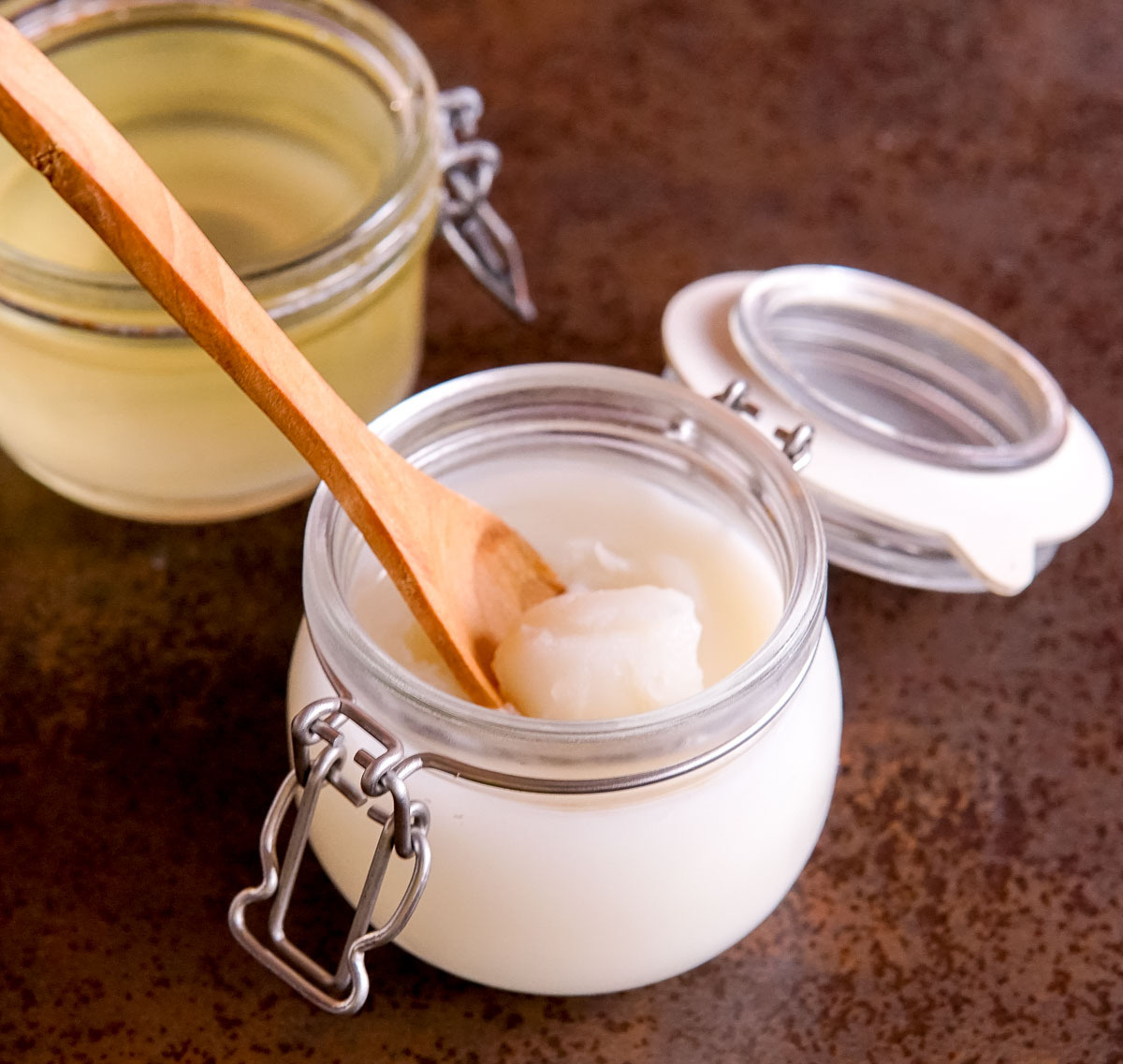

Articles
How To Store Tallow
Modified: December 7, 2023
Learn the best way to store tallow in this informative article. Discover tips and tricks for long-lasting preservation of this versatile ingredient.
(Many of the links in this article redirect to a specific reviewed product. Your purchase of these products through affiliate links helps to generate commission for Storables.com, at no extra cost. Learn more)
Introduction
When it comes to cooking oils, tallow has been gaining popularity among home cooks and professional chefs alike. Tallow, which is derived from animal fats, offers a unique flavor profile and high smoke point, making it ideal for frying, roasting, and sautéing. But what do you do when you have a surplus of tallow on hand?
In this article, we will explore the importance of properly storing tallow and provide you with practical tips on how to do it. Whether you have rendered your own tallow from beef, lamb, or pork fat, or purchased it from a trusted source, proper storage is crucial to maintain its quality and extend its shelf life.
By following the guidelines we provide, you can ensure that your stored tallow remains fresh, flavorful, and ready to use whenever you need it. So let’s dive in!
Key Takeaways:
- Properly storing tallow is crucial for preserving its flavor and quality, whether in the refrigerator, at room temperature, or in the freezer. Choosing the right container, preparing the tallow, and practicing good hygiene are key to maintaining its freshness.
- To extend the shelf life of stored tallow, it’s essential to minimize air exposure, keep it away from light and heat, and practice good hygiene. Proper labeling, organization, and rotation of stock ensure that the oldest tallow is used first, maximizing its quality and flavor.
Read more: How To Store Beef Tallow
Why Store Tallow?
You may be wondering why it is necessary to store tallow instead of using it immediately. Well, there are several reasons why storing tallow can be beneficial:
- Preserve Flavor: Storing tallow properly can help preserve its flavor for an extended period. Tallow tends to absorb odors from its surroundings, so keeping it in airtight containers will prevent it from taking on unwanted flavors.
- Convenience: Having stored tallow on hand can save you time and effort in the kitchen. With tallow readily available, you can easily add it to your favorite recipes without the need to render fat each time you cook.
- Bulk Buying and Savings: If you have access to a good source of animal fats, such as a local butcher or farm, you may want to purchase in larger quantities to save money. Properly storing the excess tallow allows you to take advantage of bulk buying, ensuring you always have a supply of tallow at a lower cost.
- Reducing Waste: Storing tallow allows you to make the most of every bit of fat you render. By storing it properly, you can avoid wasting any excess tallow and utilize it for future cooking projects.
- Extended Shelf Life: When tallow is stored correctly, it has a longer shelf life compared to other cooking oils. This means that you can enjoy the benefits of tallow for a more extended period without the risk of it spoiling.
Overall, storing tallow provides you with convenience, savings, and the ability to maintain the quality and flavor of the tallow over time. With these advantages in mind, let’s now move on to exploring the best practices for storing tallow.
Choosing the Right Container
Choosing the proper container for storing tallow is crucial to maintain its quality and prevent any contamination. Here are some factors to consider when selecting the right container:
- Airtight: It is essential to choose a container that is airtight to prevent oxygen from interacting with the tallow, which can lead to oxidation and rancidity. Look for containers with tight-fitting lids or seals to ensure a proper seal.
- Non-reactive Material: Tallow can react with certain materials, resulting in off-flavors and odors. Opt for containers that are made from non-reactive materials such as glass, stainless steel, or food-grade plastic. Avoid using containers made of aluminum or other reactive metals.
- Dark or Opaque: Light can degrade the quality of tallow over time, causing it to spoil more quickly. Choose containers that are either dark or opaque to protect the tallow from light exposure. This will help maintain its quality and extend its shelf life.
- Size: Consider the size of the container based on your usage and storage needs. It’s best to choose containers that can hold the amount of tallow you typically use in one cooking session. This way, you can minimize the number of times you need to open and expose the stored tallow to air.
Once you have selected the right container, ensure that it is clean and free from any residue or contaminants. Thoroughly wash and dry the container before transferring the tallow to ensure its freshness and cleanliness.
By choosing the right container for storing tallow, you can maintain its quality and flavor for longer periods, ensuring that it is always ready for your culinary endeavors. In the next section, we will discuss how to prepare tallow for storage.
Preparing the Tallow for Storage
Before transferring your tallow into the chosen container, it is important to prepare it properly to ensure the best conditions for storage. Follow these steps to prepare your tallow for storage:
- Strain and Filter: If your rendered tallow contains any impurities or solids, it is recommended to strain it first. Line a fine-mesh strainer or cheesecloth over a clean container, and slowly pour the melted tallow through the strainer. This will help remove any debris or particles, resulting in a cleaner final product.
- Cool and Solidify: Allow the strained tallow to cool and solidify at room temperature or in the refrigerator. This step is essential in preparing it for storage, as it ensures that the tallow is in a solid state, making it easier to handle and transfer to the storage container.
- Cut into Portions: Once the tallow has solidified, it can be easier to work with if you cut it into smaller portions. This is especially useful if you only need to use a portion of the tallow at a time. Cut the solidified tallow into manageable pieces or cubes that will fit into your storage container.
- Consider Portioning Methods: If you prefer, you can also portion the tallow by pouring it into individual molds or ice cube trays. This method provides convenience, as you can easily grab a single portion of tallow and store the remainder for future use.
By following these steps, you will have prepared your tallow for storage in a way that ensures its freshness and facilitates ease of use. Now it’s time to discuss the different storage methods for both room temperature and refrigeration.
Storing Tallow in the Refrigerator
Refrigeration is one of the best methods for storing tallow, as it helps to maintain its quality and extends its shelf life. Follow these steps to store tallow in the refrigerator:
- Choose a Suitable Container: Select an airtight container made of non-reactive material, such as glass or food-grade plastic. Ensure that the container has a tight-fitting lid or seal to prevent air and moisture from entering.
- Cut or portion the solidified tallow: If you have not already cut the solidified tallow into portions, now is the time to do so. This allows for easy handling and future usage without the need to thaw the entire batch.
- Place the tallow in the container: Transfer the cut or portioned tallow into the chosen container. Fill the container, leaving a small amount of headspace to account for expansion when the tallow freezes.
- Label and date: It is important to label the container with the contents and the date of storage. This helps you keep track of the freshness of the tallow and ensures that older portions are used first.
- Store in the refrigerator: Place the sealed container of tallow in the refrigerator. Make sure to keep it away from foods with strong odors, as tallow can absorb odors easily.
When stored properly in the refrigerator, tallow can last for several months. However, it is recommended to use it within 3-6 months for optimal quality and flavor. If you notice any signs of spoilage, such as a rancid smell or off flavors, discard the tallow.
Storing tallow in the refrigerator provides a convenient and reliable method of preserving its freshness and quality. In the next section, we will discuss how to store tallow at room temperature.
Store tallow in an airtight container in a cool, dark place to prevent oxidation and rancidity. It can be kept at room temperature for several months or in the refrigerator for longer shelf life.
Read more: How To Make Candles From Tallow
Storing Tallow at Room Temperature
If you prefer to store tallow at room temperature, it is possible but requires some considerations to ensure its safety and quality. Follow these steps to store tallow at room temperature:
- Choose a suitable container: Similar to refrigeration storage, select an airtight container made of non-reactive material, such as glass or food-grade plastic. Ensure that the container has a tight-fitting lid or seal to prevent air and moisture from entering.
- Cut or portion the solidified tallow: If you have not already cut the solidified tallow into portions, do so now. This way, you can easily take out a portion as needed without exposing the rest of the tallow to air and temperature fluctuations.
- Place the tallow in the container: Transfer the cut or portioned tallow into the chosen container. Fill the container, leaving a small amount of headspace to allow for expansion.
- Store in a cool, dark place: Find a cool, dark spot in your home away from direct sunlight and heat sources. Excessive exposure to heat and light can accelerate the breakdown of the tallow and shorten its shelf life.
- Label and date: Don’t forget to label the container with the contents and the date of storage. This will help you keep track of its freshness and ensure you use older portions first.
When properly stored at room temperature, tallow can last for several months. However, it is important to regularly check for any signs of spoilage, such as a rancid smell or off flavors. If you notice any such signs, it is best to discard the tallow to avoid any potential health risks.
Although room temperature storage is an option, it is worth noting that tallow may have a shorter shelf life compared to refrigerated storage. To ensure the highest quality and longest shelf life, refrigeration is the preferred method for storing tallow.
In the next section, we will explore an alternative storage option for tallow – freezing.
Freezing Tallow for Long-term Storage
If you want to store tallow for an extended period, freezing is an excellent option. Freezing helps to preserve the quality and freshness of tallow for a longer time. Follow these steps to freeze tallow for long-term storage:
- Choose a suitable container: Select an airtight container made of non-reactive material, such as glass or food-grade plastic. Ensure that the container has a tight-fitting lid or seal to prevent air and moisture from entering.
- Cut or portion the solidified tallow: Cut the solidified tallow into portions or cubes that are convenient for your usage. This will make it easier to thaw and use only the needed amount without exposing the entire batch to repeated thawing and refreezing.
- Place the tallow in the container: Transfer the cut or portioned tallow into the chosen container. Fill the container, leaving some headspace to allow for expansion when the tallow freezes.
- Seal the container: Ensure that the lid or seal is tightly secured to create an airtight environment and prevent freezer burn.
- Label and date: Label the container with the contents and the date of freezing. This will help you keep track of the age of the tallow and ensure you use the older portions first.
- Freeze the tallow: Place the sealed container of tallow in the freezer. Ideally, store it in a spot away from the door to avoid temperature fluctuations that can impact its quality.
When stored in the freezer, tallow can last for up to a year or even longer. However, it is recommended to use it within 6-8 months for the best quality and flavor.
Thaw frozen tallow in the refrigerator overnight or defrost it gently in the microwave on low power. Once thawed, the tallow can be used as desired. It is important to note that each time you thaw and refreeze the tallow, its quality may degrade slightly, so try to thaw only the amount you need to minimize waste.
Freezing tallow is a reliable method for long-term storage, ensuring that you always have a supply of fresh tallow on hand. In the next section, we will discuss the importance of proper labeling and organization for easy access to stored tallow.
Proper Labeling and Organization
When it comes to storing tallow, proper labeling and organization are key to maintaining order and easy access to your stored tallow. Follow these guidelines to ensure your tallow is properly labeled and organized:
- Label the containers: Clearly label each container of stored tallow with the type of fat, such as beef, lamb, or pork, and the date of storage. This helps you easily identify the contents and keep track of the freshness of the tallow.
- Arrange by date: When storing multiple containers of tallow, arrange them in order of the storage date. Place the newer containers at the back and the older ones at the front. This ensures that you use the oldest tallow first, reducing the risk of waste and ensuring freshness.
- Separate different types of fats: If you have stored tallow from different animal fats, it is helpful to keep them separate. This prevents cross-contamination of flavors and ensures that each type of tallow retains its distinct qualities.
- Keep a log: Consider keeping a log or inventory of your stored tallow. Note down the type of fat, storage date, and any additional information you find relevant. This log can help you keep track of your tallow stock and plan for future usage.
- Designate a dedicated storage area: Set aside a specific area in your pantry, cupboard, or freezer for storing tallow. This makes it easier to locate the containers when you need them and prevents them from getting misplaced or forgotten.
By properly labeling and organizing your stored tallow, you can ensure that it remains fresh, easy to access, and well-documented. This will save you time and effort in the kitchen, allowing you to enjoy the benefits of tallow without any hassle.
Now that you have learned about proper labeling and organization, let’s explore some additional tips to help extend the shelf life of your stored tallow.
Tips for Extending Tallow Shelf Life
To ensure the longest possible shelf life for your stored tallow, follow these tips:
- Keep it away from light and heat: Store tallow in a cool, dark place away from direct sunlight and heat sources. Exposure to light and heat can accelerate the breakdown of tallow and lead to rancidity.
- Avoid frequent temperature fluctuations: Fluctuations in temperature can negatively impact the quality of tallow. Keep it in a stable environment to maintain its freshness and prevent any potential spoilage.
- Minimize air exposure: Oxygen can cause tallow to deteriorate more rapidly. Ensure that your storage containers are airtight to prevent air from coming into contact with the tallow.
- Practice good hygiene: When using tallow, always use clean utensils and avoid introducing any moisture or contaminants into the container. This helps prevent spoilage and maintains the quality of the stored tallow.
- Rotate your stock: Use the oldest stored tallow first to prevent it from going to waste. Labeling and organizing your containers by date can help you easily keep track of which ones to use first.
- Inspect for signs of spoilage: Regularly check your stored tallow for any signs of spoilage, such as a rancid smell, off flavors, or mold. If any signs are present, it’s best to discard the tallow to avoid any potential health risks.
- Consider portioning: If you frequently use small amounts of tallow, consider portioning it into individual servings. This way, you only need to thaw and use what you need, minimizing waste and preserving the rest.
- Keep records: Maintain a log or inventory of your stored tallow, noting the type of fat, storage dates, and any other relevant information. This helps you stay organized and ensures you use the tallow within its recommended shelf life.
By following these tips, you can maximize the shelf life of your stored tallow and enjoy its quality and flavor for an extended period.
Final Words
Proper storage is essential for maintaining the quality and freshness of tallow. Whether you choose to store it in the refrigerator, at room temperature, or in the freezer, the key is to use suitable containers, practice good hygiene, and minimize exposure to light, heat, and air. By following the guidelines outlined in this article and implementing these tips, you can enjoy the benefits of tallow for a longer time, saving both time and money in the kitchen.
Now that you have a good understanding of how to store tallow, it’s time to put this knowledge into practice. Start storing your tallow properly today and enjoy the convenience and flavor it brings to your cooking endeavors.
Read more: How To Store Basil From Store
Conclusion
Properly storing tallow is essential for maintaining its quality, flavor, and extending its shelf life. Whether you choose to store it in the refrigerator, at room temperature, or in the freezer, following the guidelines outlined in this article will help ensure that your tallow remains fresh and ready for use when you need it.
By choosing the right container and preparing the tallow properly for storage, you can preserve its flavor and prevent any contamination. Storing tallow in the refrigerator provides a convenient and reliable option, while freezing allows for long-term storage. Proper labeling and organization of your stored tallow help you keep track of its freshness and easily access the desired portions.
To further extend the shelf life of your stored tallow, it is important to keep it away from light, heat, and frequent temperature fluctuations. Practicing good hygiene, inspecting for signs of spoilage, and rotating your stock ensure you are using the oldest tallow first and maintaining its quality over time.
Remember, each storage method has its advantages and considerations, so choose the one that best suits your needs and preferences. Whether you are a home cook or a professional chef, properly storing tallow guarantees that you always have a supply of this versatile cooking oil on hand.
Now that you have a comprehensive understanding of how to store tallow, it’s time to put this knowledge into practice. Start implementing the tips and techniques discussed in this article to properly store your tallow and enjoy its numerous benefits in your culinary endeavors.
Happy cooking!
Frequently Asked Questions about How To Store Tallow
Was this page helpful?
At Storables.com, we guarantee accurate and reliable information. Our content, validated by Expert Board Contributors, is crafted following stringent Editorial Policies. We're committed to providing you with well-researched, expert-backed insights for all your informational needs.

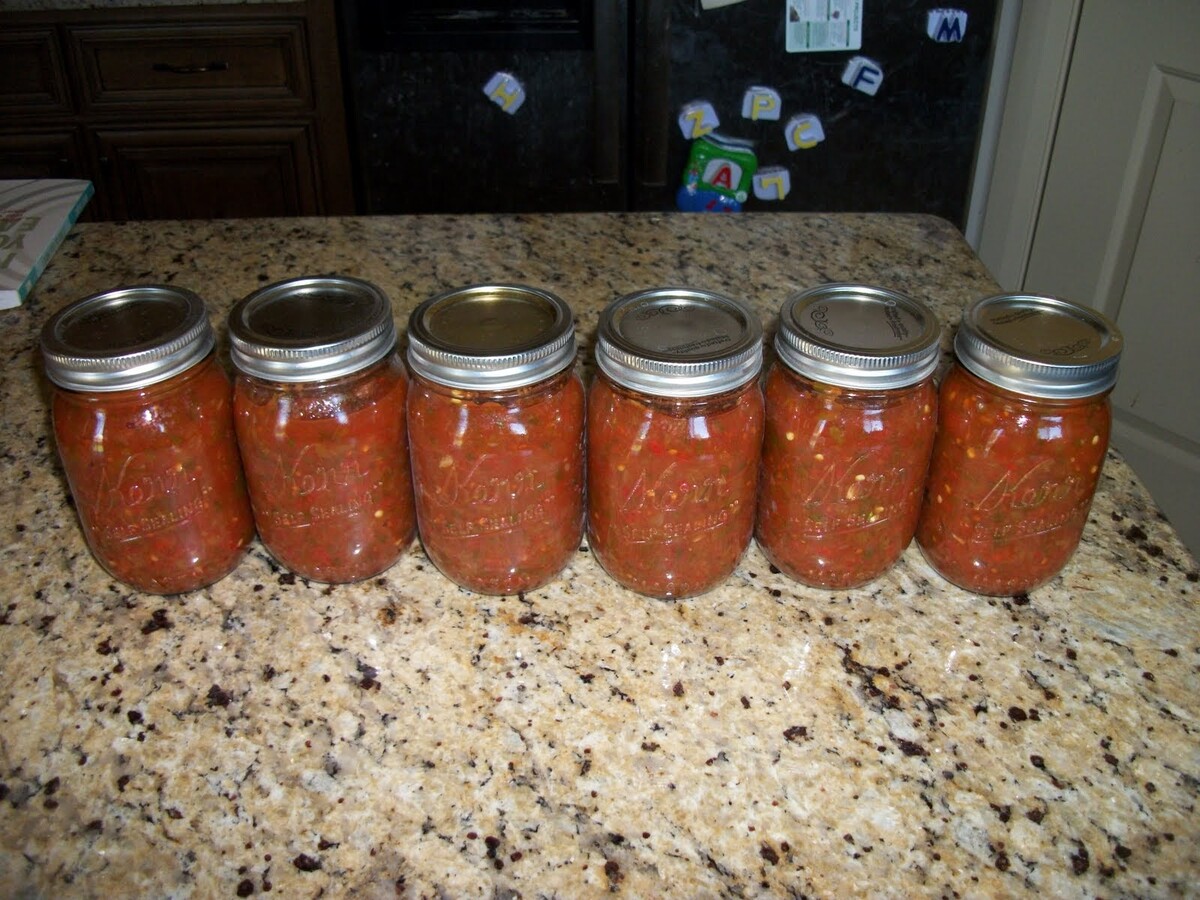




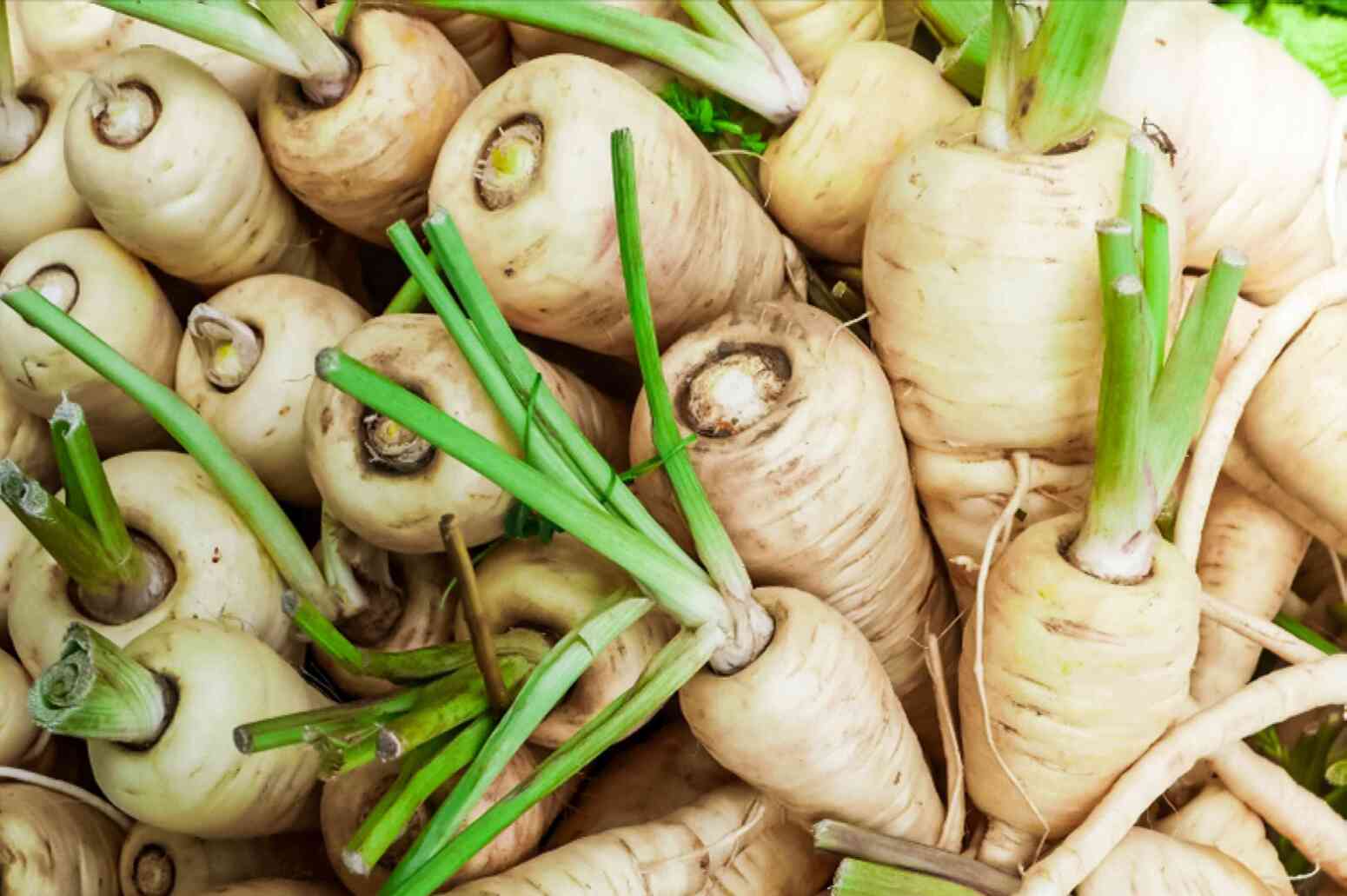



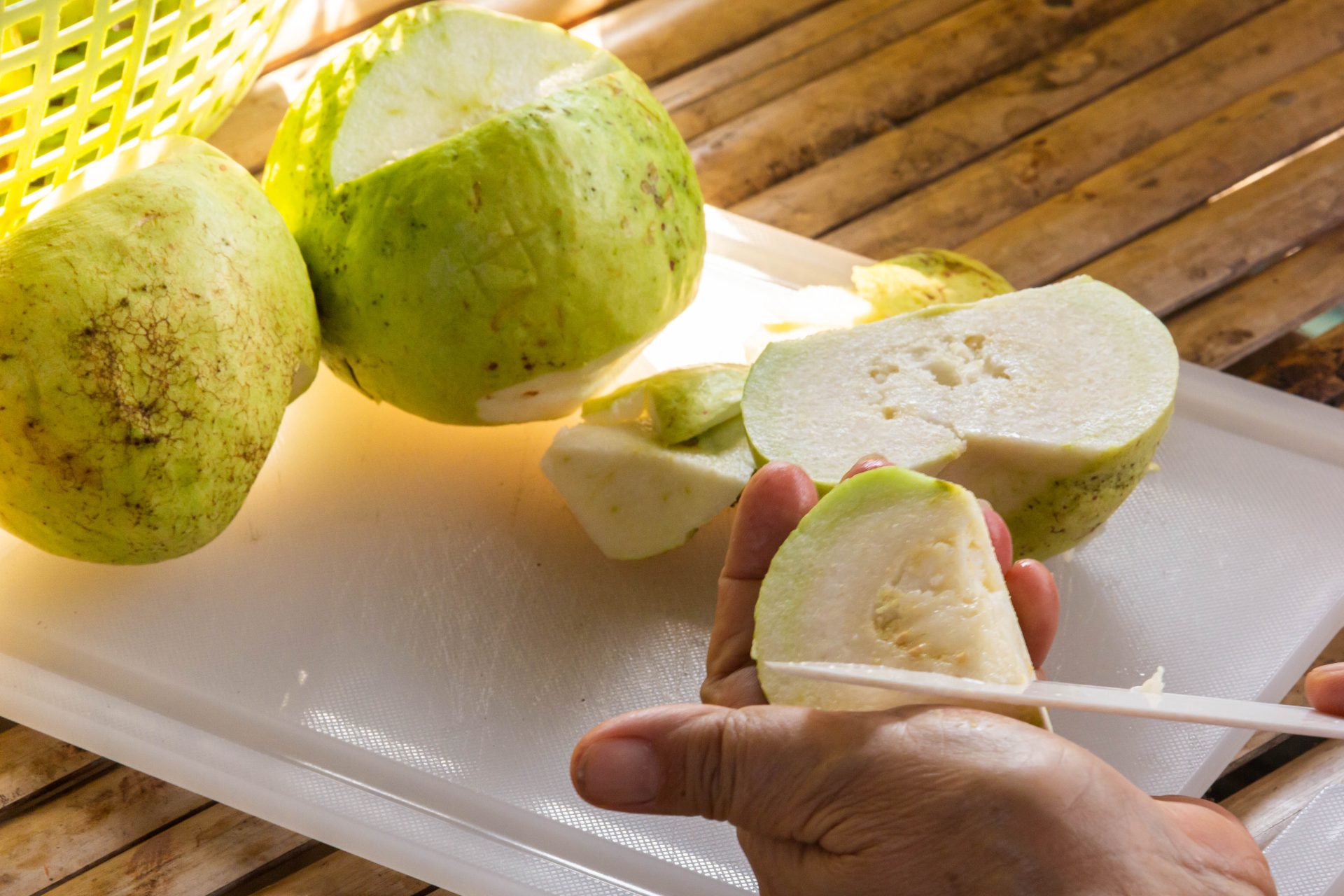
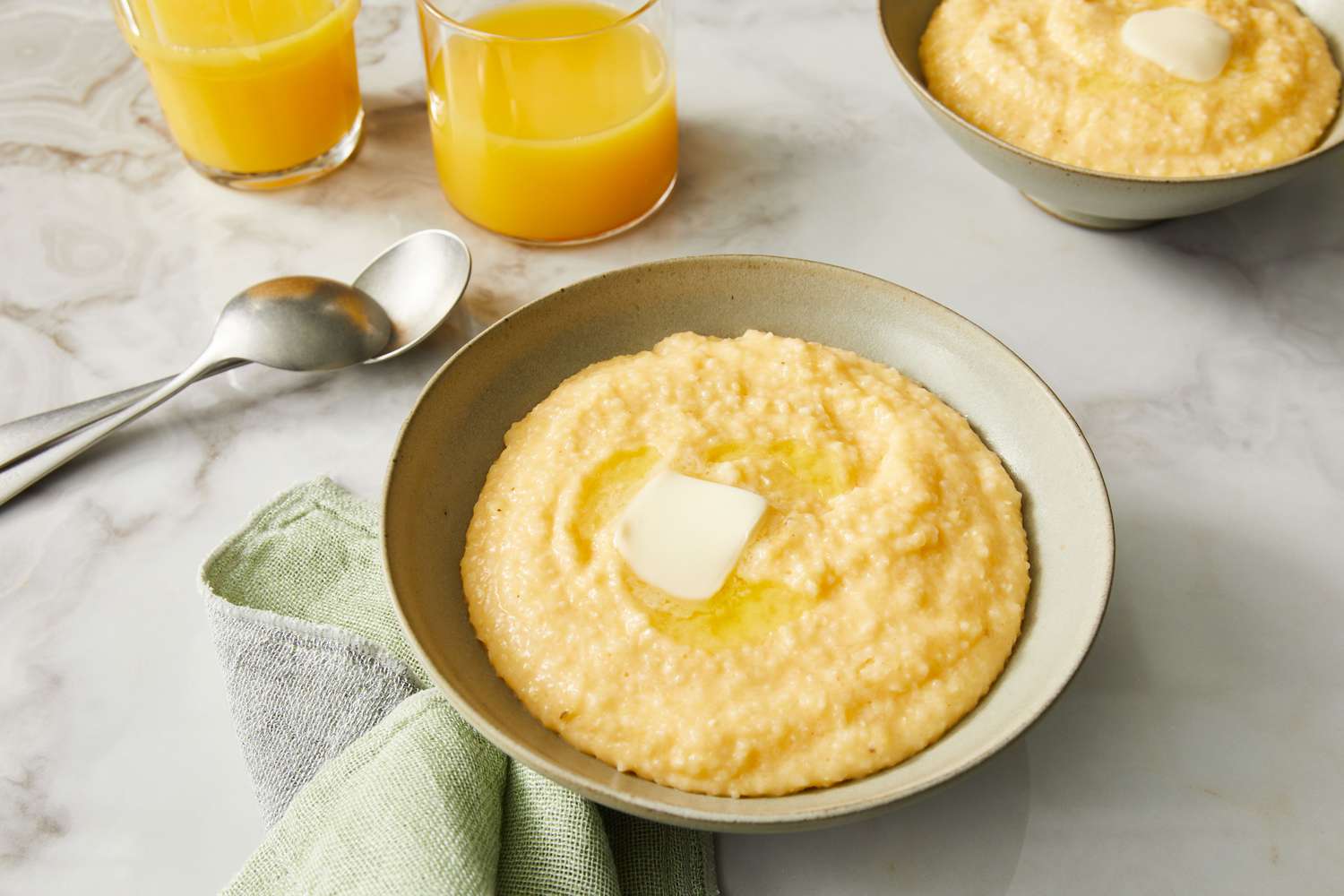
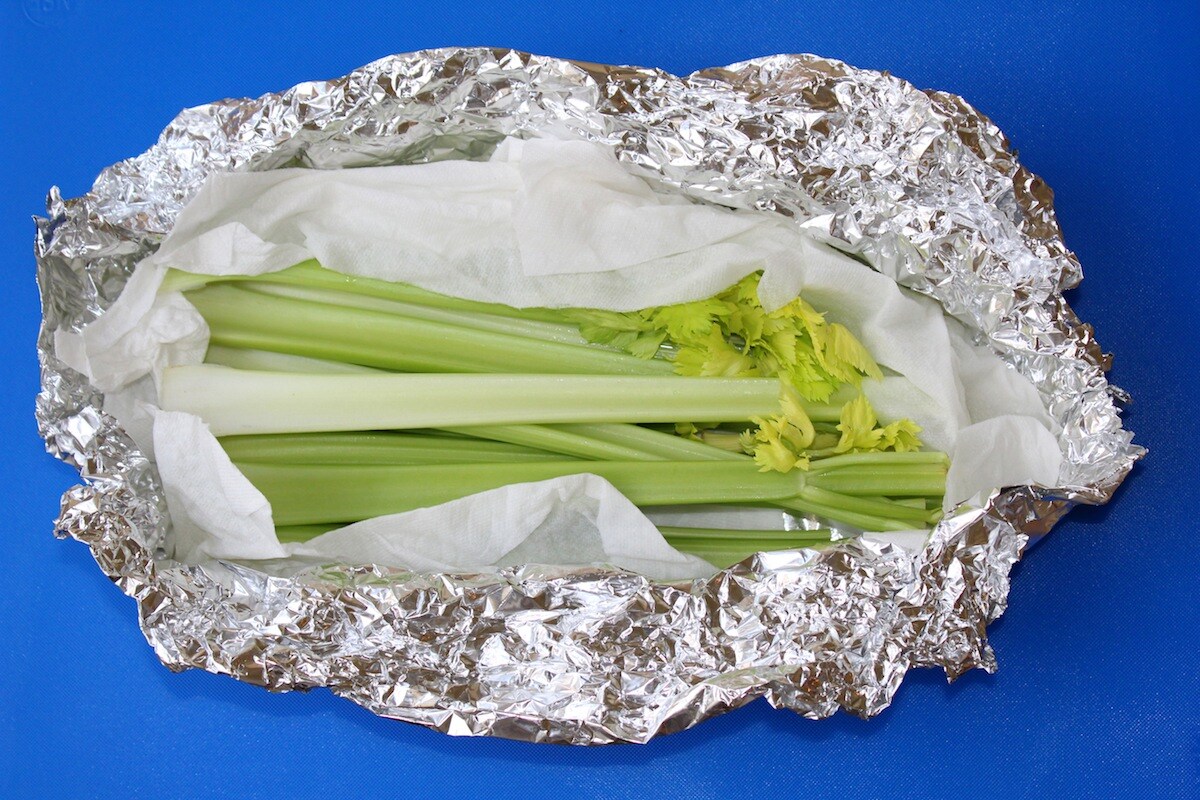

0 thoughts on “How To Store Tallow”